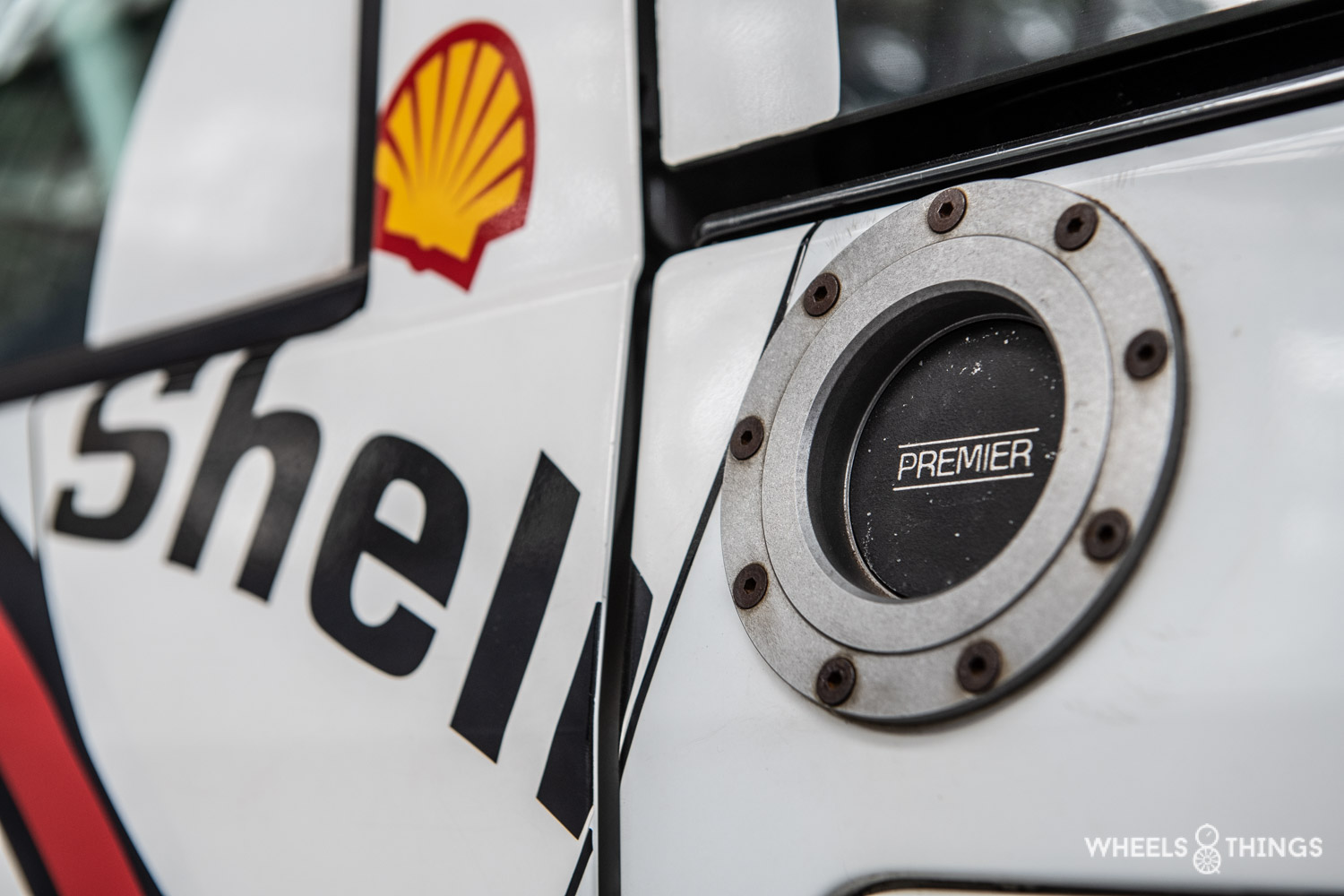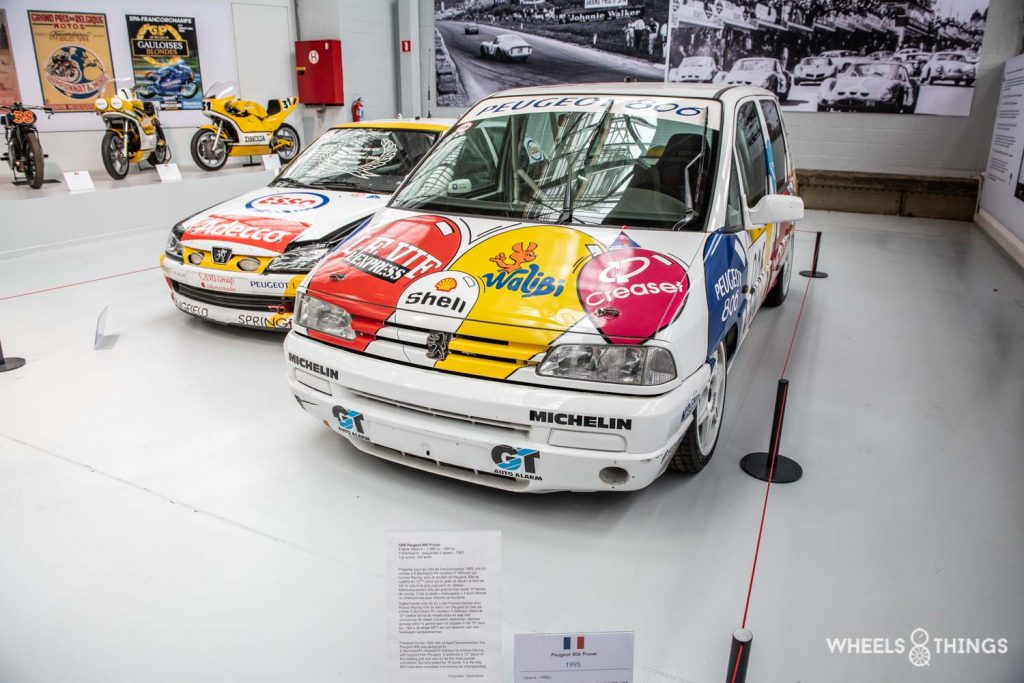
Recently, you could read our article about the very special Volvo 850 Estate Super Tourer. Whoever thought that this was the end of it was wrong. It could get even crazier in the 90s with this course version of the Peugeot 806 SUV.
Is it genius or madness? Opinions were sharply divided in 1995 and, if you look at this Peugeot 806 racing version, they certainly are also today. Is this a racing car or a publicity stunt? The first is half and half, the second it certainly is! Let’s go back to 1995 and the 24 Hours of Francorchamps to take a closer look at this special case.
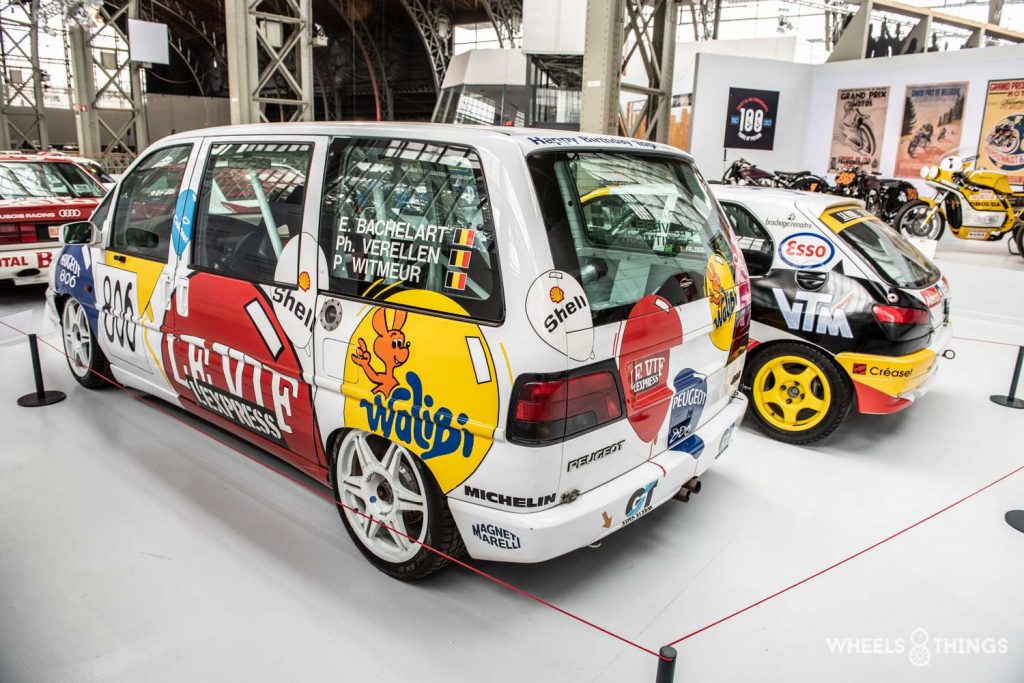
At the base of this crazy project we again find Pascal Witmeur. He was also responsible for the Herbie Porsche and so many other things. You can find more on this via this link. Witmeur was able to convince the Peugeot management of the Belgian importer to participate in the 1995 24 Hours of Francorchamps with his SUV version of the 806. It took some persuasion because Peugeot did not have such a good experience in the previous edition.
In 1994, organiser RACB had switched to the 2 litre Super Touring formula. BMW, Peugeot, Audi and Toyota enthusiastically signed up for this new class but it soon became apparent that only BMW could make a successful endurance machine out of its 318is. The other three brands all had technical problems. Peugeot wanted to avoid this by installing a special endurance engine in their 405. However, this broke down just after half way. The Kronos team then fitted the normal spare sprint engine in the car, but this too did not make it to the end. Peugeot decided not to participate with the 405 anymore in the 24 hours race.
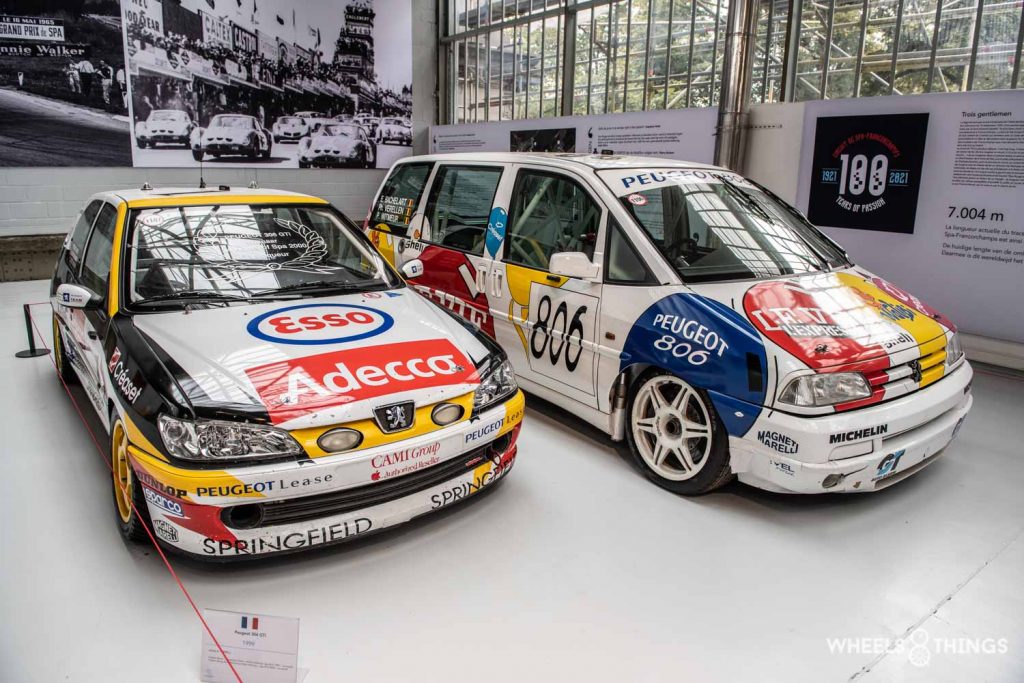
But then this Witmeur came up with the crazy idea to build a racing version of the 806 SUV and to let it compete in the 24 hours. By doing so, he wanted to show the world that this category of SUVs was different from the ordinary vans with which they were sometimes compared. Peugeot’s management agreed, made a budget available and commissioned the preparer Kronos to start developing and building the 806 Procar. Why Procar? This was the name for the races of the Belgian 2 litre championship. The 806 was built according to these regulations and therefore complied with them.
The construction started in May 1995. A new bodywork was delivered to Kronos by the factory. The engine block used was from a group A rally version of the 306 GTi and the cylinder head came from the 405 Mi16 from 1993. The front suspension was taken from the 405 Super Tourer. At the front it could be fitted quite easily but at the rear the mounting points had to be repositioned because car and axle were not really compatible. A modified steering rack and special exhaust system had to be designed. Ready for competition, the 806 Procar weighed 1100 kg and produced between 270 and 280 HP.
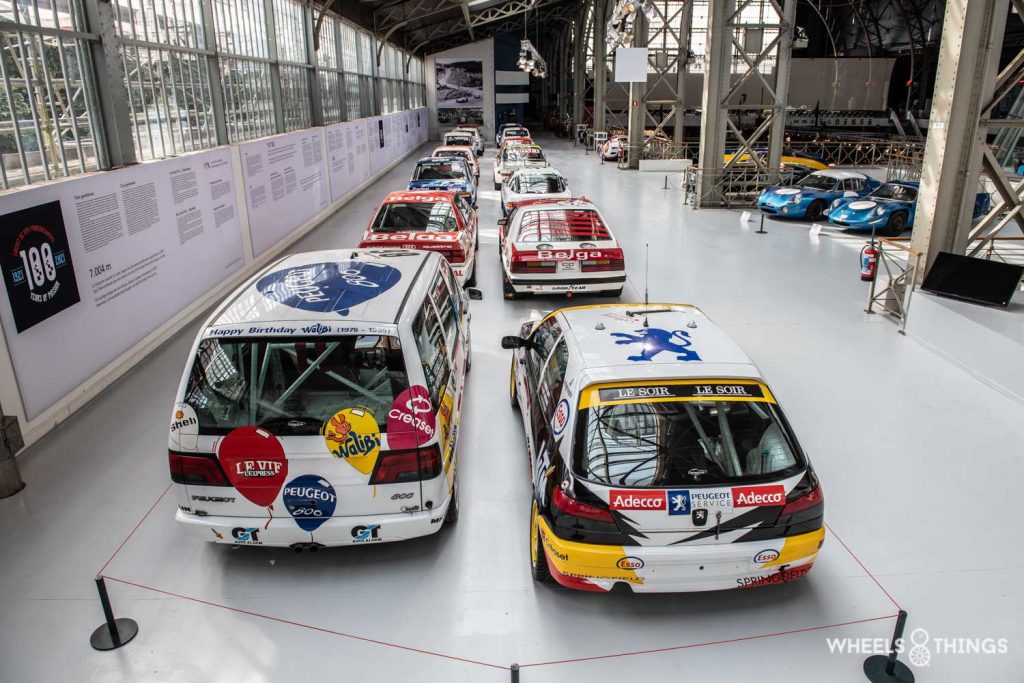
Additional sponsorship came from the weekly magazine Le Vif, publicity agency Créaset and the amusement park Walibi, which celebrated its 20th anniversary in 1995. Pilots on duty were Eric Bachelaert, Philippe Verellen and Pascal Witmeur himself.
The 806 was, as it should be, presented at a press conference. The reactions were divided and went from “wonderful idea” to “should be forbidden”. The journalists were free to think what they wanted, but at the end of July the 806 Procar made its appearance on the track at Francorchamps.
During qualifying, the SUV pilots managed to put the 806 on the twelfth starting place behind the normal 2 litre BMW, Honda, Audi and Opel Super Tourers. In the race it was a bit different. Soon, due to problems with the brakes and the oil pump, the 806 dropped to the very bottom of the rankings. The 806 would also remain here and could only climb up due to retirements of fellow competitors. Unfortunately, it was again the Peugeot engine that gave up just before the tenth hour of racing. Replacing the engine was not an option this time.
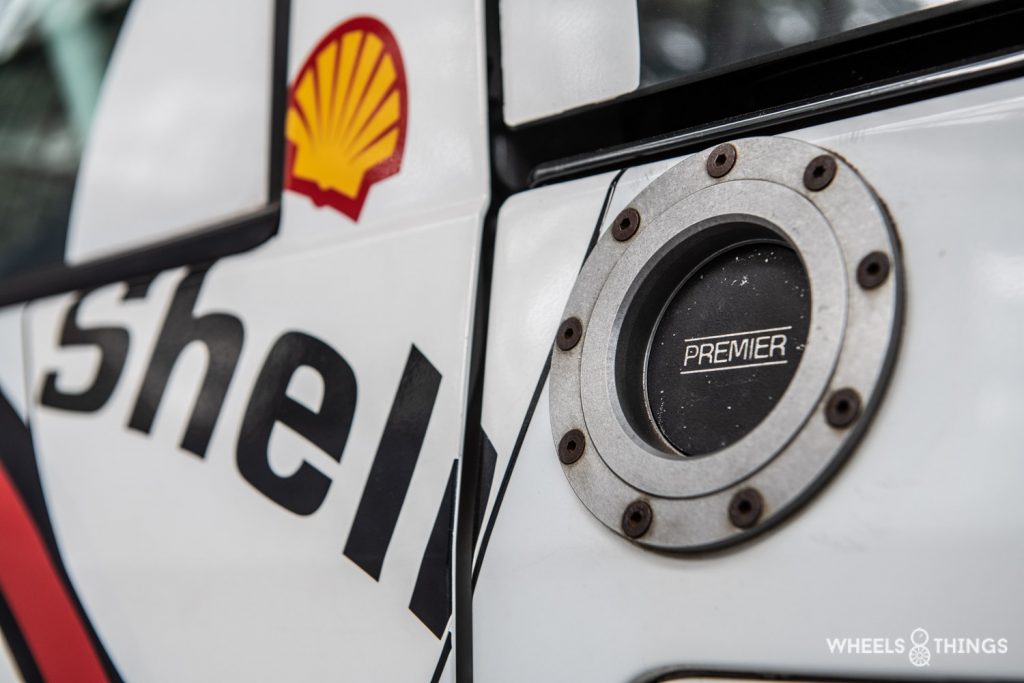
This was just a one-off performance. The 806 Procar ended up in the Kronos showroom where it spent quite a while together with some other “retired” racing cars. After many years it was sold and in the meantime it is for sale again at GIPI motors who were kind enough to lend it to Brussels car museum Autoworld for their “100 years track of Spa-Francorchamps expo”.
Crazy or genius? As a racing car, it was a crazy and certainly atypical idea. It certainly wasn’t a real racing car, but as a publicity stunt it was a successful operation. We leave it in the middle and this time you can decide for yourself. Reactions are always welcome.
Report: Joris de Cock
Photographs: Patrick Verheeken
